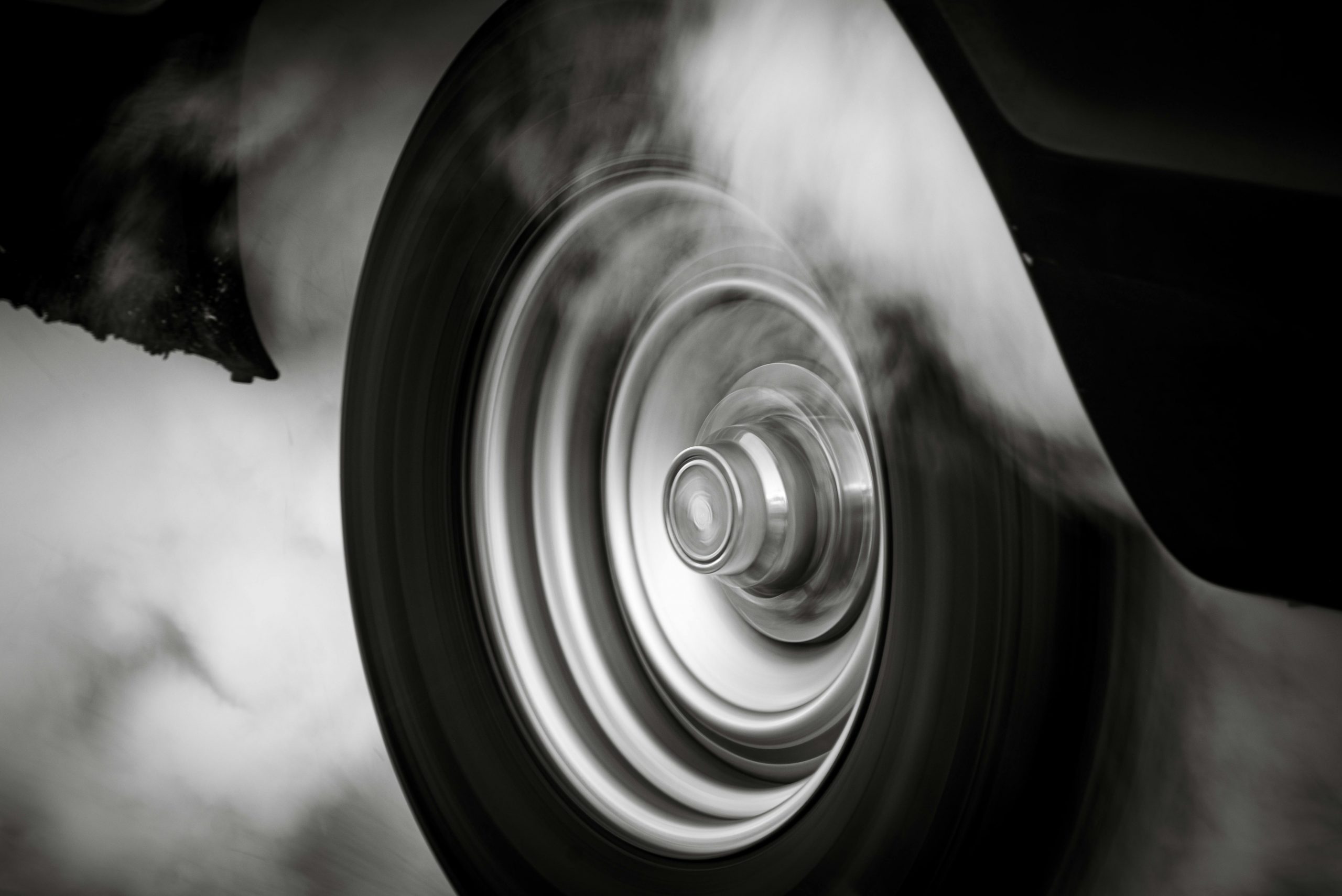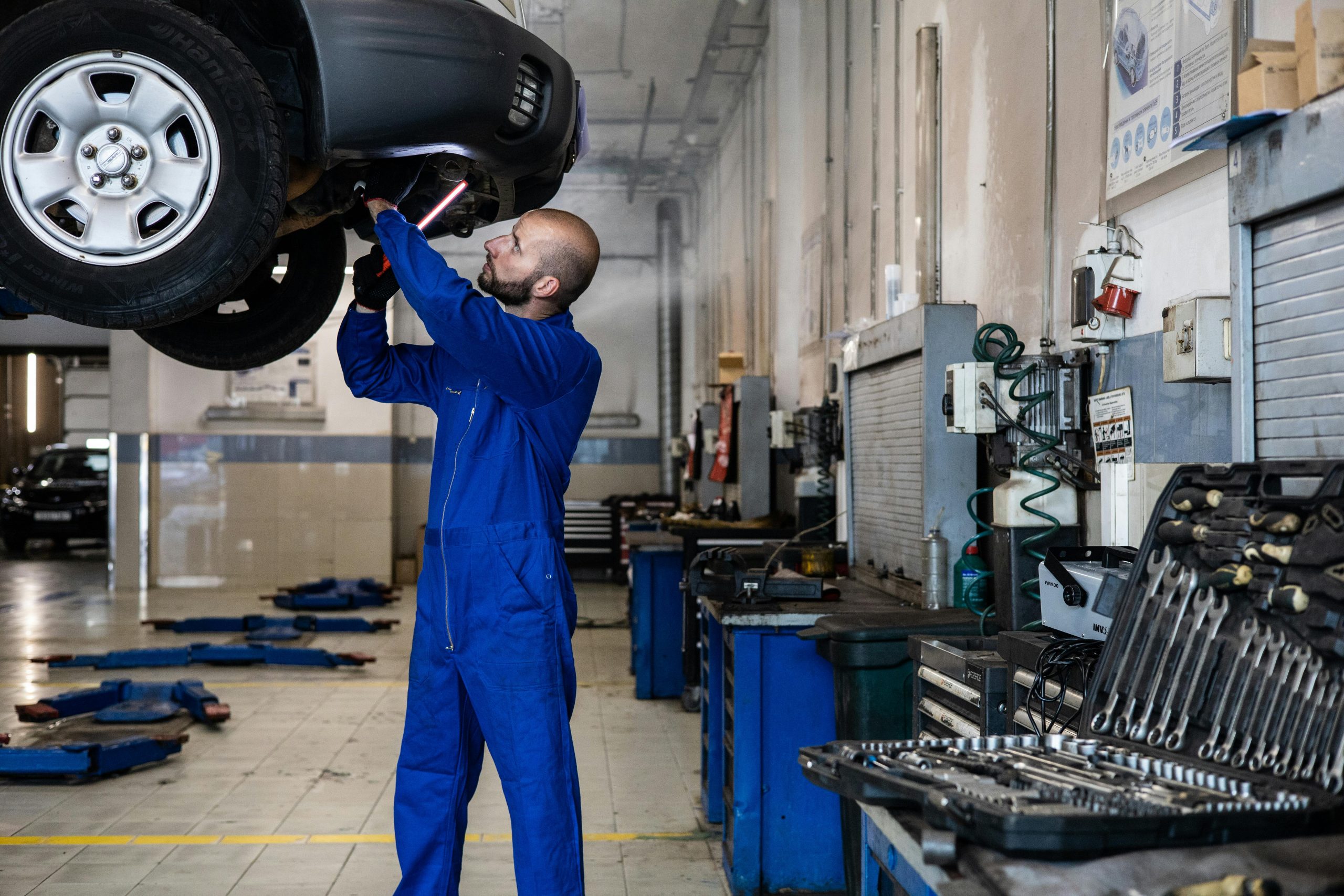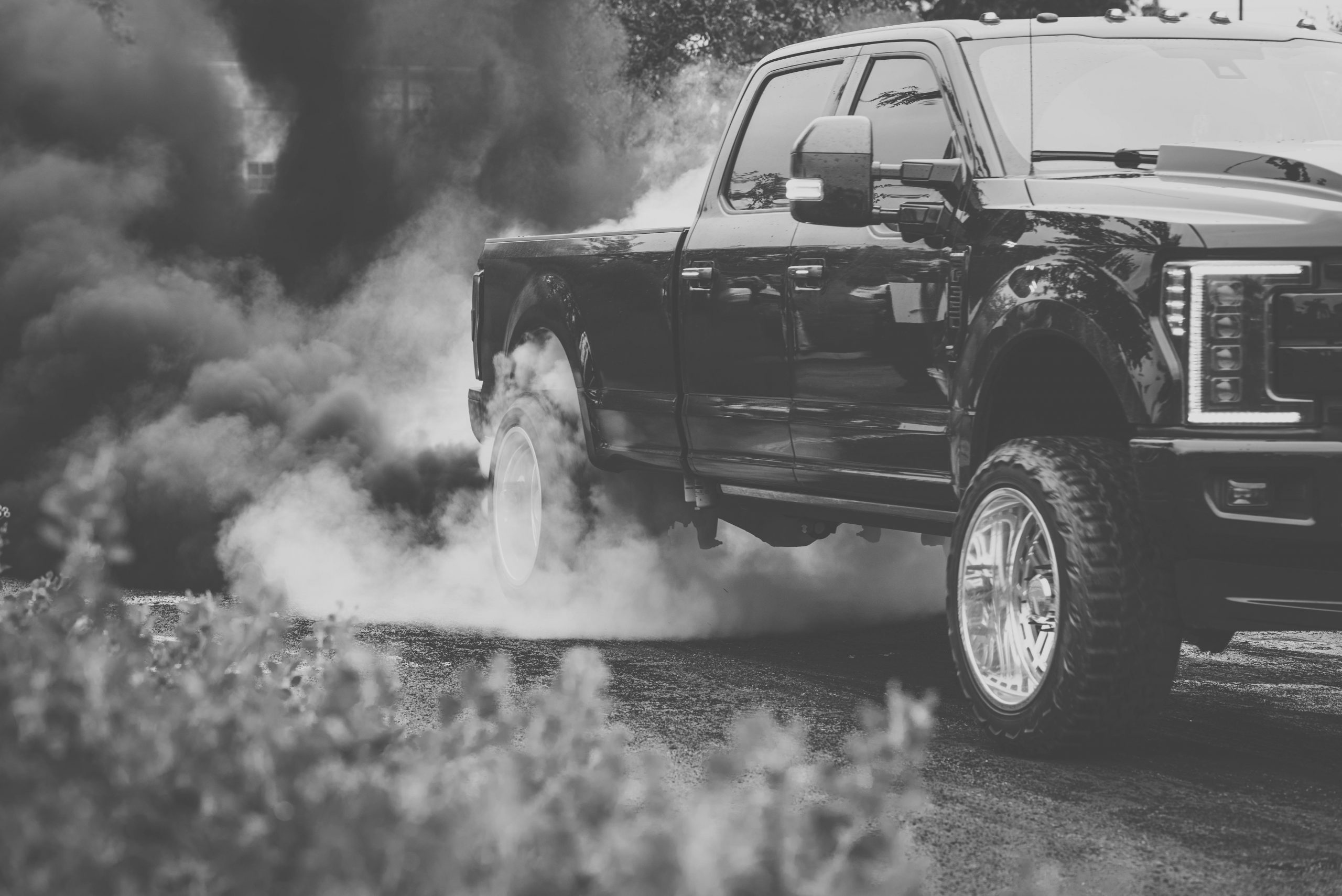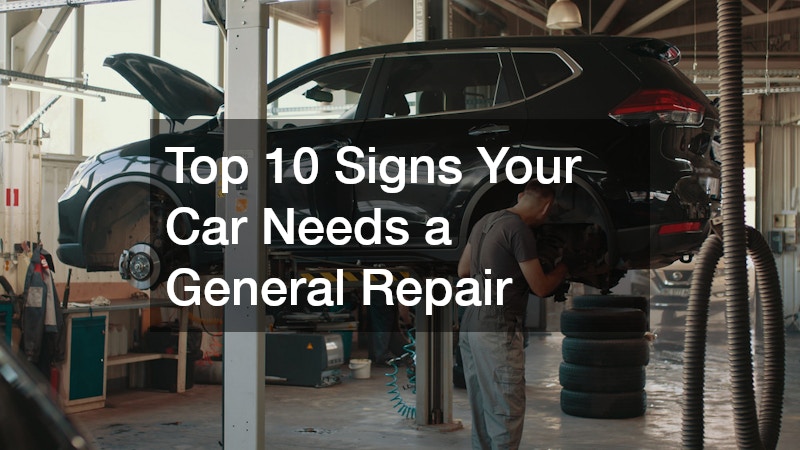
Seeing black smoke come out of your car’s exhaust when you hit the gas can be a scary sight. It often looks thick, dirty, and smells bad. While any kind of smoke from your tailpipe usually means something’s wrong, black smoke is especially important to catch early. In most cases, it points to an issue with your fuel or air system.
This article breaks down the common causes of black smoke from the exhaust when accelerating, how to diagnose it, and what you can do to fix it. It’s written in simple language to help anyone—even without car experience—understand what’s going on.
What Does Black Smoke From the Exhaust Mean?

Black smoke from your exhaust means that your engine is burning too much fuel. This is also called a rich fuel mixture, which means there’s more fuel than air in the combustion chamber. When this happens, the engine can’t burn all the fuel properly, and some of it escapes through the exhaust as black smoke.
This is most noticeable when you accelerate because the engine demands more fuel. If something is off—like a dirty air filter or a broken sensor—you might see a puff of black smoke or a steady stream while pressing the gas.
Why You Shouldn’t Ignore Black Smoke
It might be tempting to ignore a little smoke if your car still runs, but black smoke is a warning sign. Burning too much fuel not only wastes gas but can also damage engine parts, spark plugs, oxygen sensors, and the catalytic converter. Plus, it can hurt your fuel economy and increase harmful emissions.
Catching the problem early can save you money and protect your engine from serious damage.
Common Causes of Black Smoke When Accelerating
Let’s look at some of the most common reasons your car might blow black smoke from the exhaust during acceleration:
1. Dirty Air Filter
What it is: Your air filter keeps dust and debris from entering the engine. If it’s clogged, the engine won’t get enough air, which leads to a rich fuel mixture.
Signs:
- Reduced gas mileage
- Sluggish acceleration
- Black smoke from the tailpipe
- Engine may run rough
What to do: Check your air filter. If it’s dirty or hasn’t been replaced in a while, install a new one. Air filters are cheap and easy to replace yourself.
2. Faulty Fuel Injectors
What it is: Fuel injectors spray gasoline into the engine. If they’re leaking or stuck open, they dump in too much fuel.
Signs:
- Strong fuel smell
- Poor acceleration
- Engine misfires
- Black smoke during throttle
What to do: Have the fuel injectors inspected and cleaned. If they’re damaged, you’ll need to replace them.
3. Bad Mass Air Flow (MAF) Sensor
What it is: The MAF sensor measures how much air enters your engine. If it sends the wrong information to the computer, the engine might inject too much fuel.
Signs:
- Hesitation or stalling
- Trouble accelerating
- Check engine light
- Black smoke when pressing the gas
What to do: Try cleaning the MAF sensor using a special spray. If that doesn’t work, replace the sensor.
4. Faulty Oxygen Sensors
What it is: Oxygen sensors help the car’s computer adjust the air-fuel mixture. A bad sensor can cause a rich condition that leads to black smoke.
Signs:
- Poor fuel economy
- Black smoke or soot
- Check engine light
- Rough idling
What to do: Have the sensors tested. Replacing faulty oxygen sensors can improve emissions and fix black smoke problems.
5. Leaking Fuel Pressure Regulator
What it is: This part controls the fuel pressure. If it leaks or sticks, it can push too much fuel into the engine.
Signs:
- Black smoke
- Hard starting
- Strong gas smell
- Rough running engine
What to do: You’ll need a mechanic to test and possibly replace the regulator.
6. Damaged or Clogged Turbocharger (Turbo Engines Only)
What it is: Turbochargers push extra air into the engine. If the turbo is damaged or not working right, the engine may burn more fuel than needed.
Signs:
- Whistling noise
- Loss of power
- Excessive black smoke
- Check engine light
What to do: Inspect the turbo for damage or leaks. Repairs can be expensive, so catch it early.
7. ECU (Engine Control Unit) Problems
What it is: The ECU is your car’s computer. If it malfunctions, it may inject too much fuel and cause black smoke.
Signs:
- Random warning lights
- Black smoke
- Hard to diagnose performance issues
What to do: You’ll need a scan tool to check for trouble codes. A reflash or replacement may be needed.
How to Diagnose the Problem

Not sure what’s causing the smoke? Here’s a simple process to help you figure it out:
- Step 1: Check the air filter
Open your air filter housing and pull it out. If it looks clogged or dirty, replace it. - Step 2: Scan for error codes
Use an OBD-II scanner to check for codes. This can point to a faulty sensor or fuel system issue. - Step 3: Look for fuel leaks or smells
Inspect around the fuel rail and injectors for leaks. If you smell raw gas, something’s wrong. - Step 4: Check spark plugs
Remove a few spark plugs. If they’re black and sooty, your engine is running rich.
Can Black Smoke Be Harmful to Your Engine?
Yes. Running too rich for too long can damage your engine and exhaust system. It can:
- Foul spark plugs
- Damage oxygen sensors
- Overheat or clog the catalytic converter
- Cause engine misfires
- Reduce fuel economy
It’s best to fix black smoke issues as soon as possible. Letting it go too long will only lead to bigger (and more expensive) problems.
How to Fix Black Smoke From Exhaust When Accelerating
Here’s a quick summary of the fixes for each common cause:
- Replace the air filter – If dirty or clogged
- Clean or replace fuel injectors – If leaking or malfunctioning
- Clean or replace the MAF sensor – If it’s dirty or faulty
- Replace bad oxygen sensors – To restore proper air-fuel balance
- Repair fuel pressure regulator – If pressure is too high
- Fix or replace turbocharger – If damaged or clogged
- Reprogram or replace ECU – If it’s sending bad fuel commands
Most of these issues require a mechanic unless you have some DIY skills and tools. Catching the problem early will reduce the cost of repairs.
What’s the Difference Between Black, White & Blue Smoke?
It helps to understand what different smoke colors mean:
- Black smoke: Too much fuel (rich mixture)
- White smoke: Often caused by coolant entering the engine—see more on white smoke from exhaust in our related guide
- Blue smoke: Oil burning in the engine, often due to worn piston rings or valve seals
Each color points to a different problem. If you see smoke of any kind, pay attention and check it out.
Tips to Prevent Black Smoke in the Future
- Get regular engine checkups – Catch problems early
- Replace air filters and spark plugs on time – Keeps fuel mixture balanced
- Use good quality fuel and oil – Helps prevent buildup and damage
- Avoid hard acceleration all the time – Reduces strain on sensors and injectors
- Keep sensors clean – Dirty MAF or oxygen sensors throw off fuel readings
When to See a Mechanic
You should visit a mechanic if:
- The black smoke keeps coming back
- The check engine light stays on
- Your fuel economy drops suddenly
- The car stalls, misfires, or hesitates often
- You can’t figure out the issue on your own
Even if your car still runs, ignoring black smoke can lead to costly repairs later. A professional diagnostic check can pinpoint the exact problem and save you time and money.
Final Thoughts
Black smoke from exhaust when accelerating is a clear sign that your engine is burning too much fuel. While some causes—like a dirty air filter—are simple to fix, others—like faulty sensors or leaking fuel injectors—require more attention.
The good news is that many of these problems can be fixed if caught early. Use the steps above to diagnose the issue or take your car to a trusted mechanic. Don’t wait until the smoke leads to bigger repairs. Addressing black smoke now can help your car run cleaner, smoother, and more efficiently for years to come.



